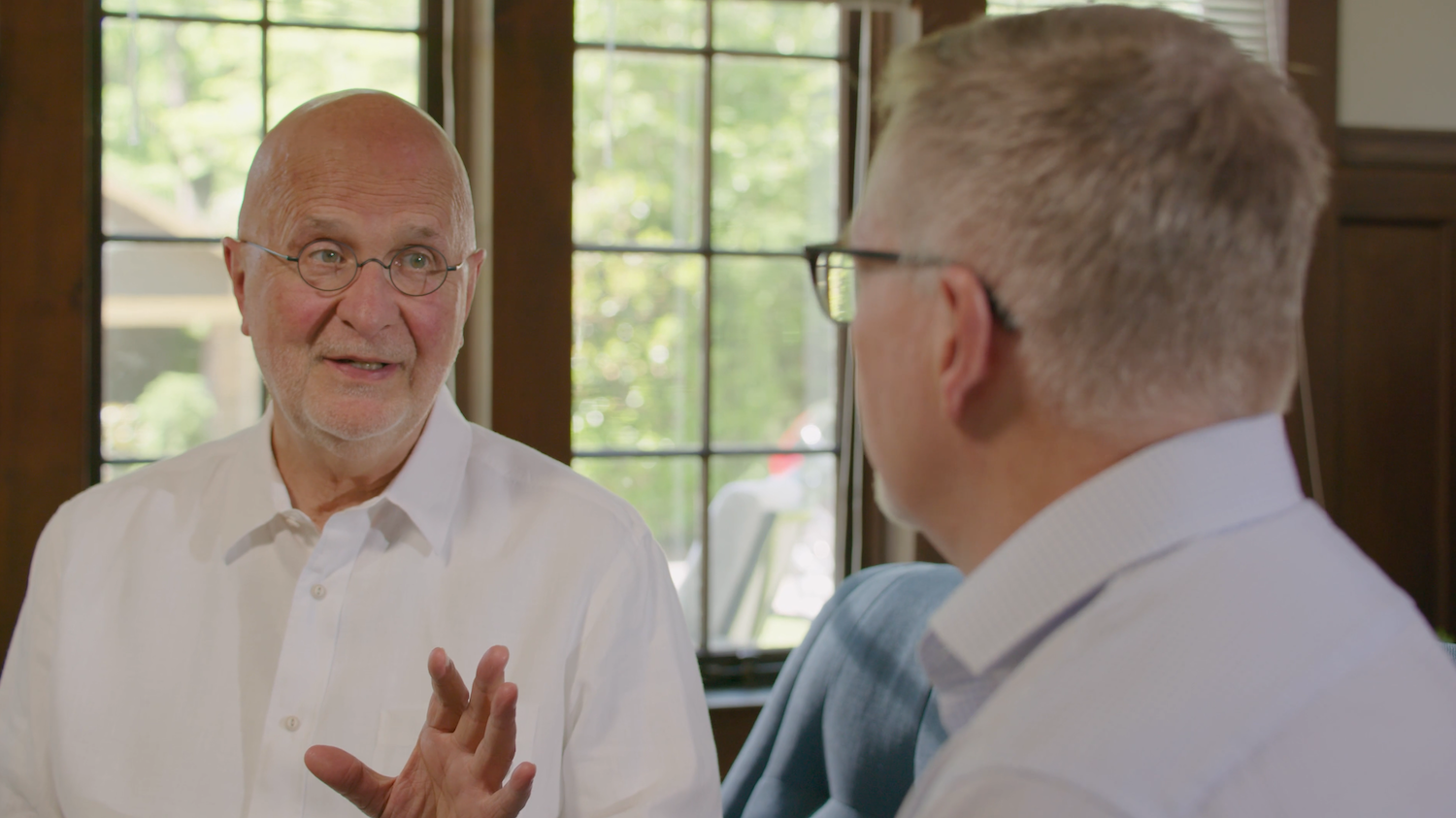No Pipeline, No Future: How Does the Donor Pipeline Fit Into Your Organizational Structure?
It’s always amazing to Jeff and me how the donor pipeline, as a strategic element of fundraising, is either ignored or mismanaged in most...
3 min read
Richard Perry and Jeff Schreifels : September 29, 2022

Most non-profits don’t realize there’s a connection between their organization’s structure and their donor pipeline.
But if your organization isn’t set up to support the donor journey, the effects are tangible. You’ll see clogs at all levels of the pipeline and giving will decrease because donors don’t feel as deeply connected.
Can you trace the path of the donor pipeline throughout your organization’s structure? Take some time to look at your org charts. How does each functional area serve the donor pipeline? Is your non-profit structured to support upward donor movement?
In this Question of the Month video, Jeff and Richard discuss how your org structure should support your donor pipeline, which is truly the lifeblood of your organization.
Jeff Schreifels
Hi, and welcome to the Question of the Month. This month, we’ll be talking about a connection that most organizations frankly miss when assessing the health of their donor pipeline. So, Richard, here’s the question for today: what role does your organization’s structure have in your donor pipeline?
Richard Perry
And then also just basically saying to yourself, okay, we’ve got program here, and that has to do with the discharge of the mission, or the execution of the mission. And that’s an important function to have very clear in terms of, you’ve got the mission and execution of a mission. And you’ve got the resource acquisition, these two central functions that make the whole organization work. I mean, that’s the whole thing about aligning the structure to the pipeline. I think the other thing, and we’ve talked about this, is making sure that you have the right investments, right? I mean, you need, in some organizations, we have way more investment over on the donor acquisition side. And you’ve seen that.
Richard Perry
Well, it has a huge role, I mean, a huge role, because you have to actually, in our opinion, align the structure of the organization, especially the development function, right to the pipeline. And we know that the pipeline in broad terms is divided down into kind of acquisition and cultivation, which is a one-to-many, and by many, we mean one message to many donors, versus the relationship fundraising, which is more one-to-one, right. And so, these are different disciplines. So you have the direct marketing that handle the acquisition and general cultivation. And then you have the major gifts side, that’s mid-level, major gifts, planned gifts, that’s the relationship side. Then you have marketing and communications and events and public relations and everything that’s on the side of minding the brand, that’s aligning the structure of development, to the donor pipeline.
Jeff Schreifels
Yes. Way too much on acquisition. And you see these files that have tons of donors that are giving $25. And then you look at the pipeline, and you look at the pyramid, and you realize there’s like 20 donors that are giving $10,000. So you got all these donors giving small gifts, and a few donors giving large gifts, because they have not invested in the mid and major gift side of things.
Richard Perry
And our source of the balance is to bring more investment from the acquisition side, and the general cultivation, over into the major gift and planned gift and mid-level. Now, there’s several reasons why you should do that. The biggest reason is there’s a higher return on investment on that side of the pipeline, which is the whole point of a pipeline. So that’s an important thing. The other thing is to not allow these two disciplines of direct marketing and relationship fundraising to dominate one or the other. Yeah, you know, examples of that.
Jeff Schreifels
Well, that can go the other way of what we were talking about where it’s all about major gifts, and then nothing’s feeding the pipeline, that whole thing is shrinking, because nothing’s coming in.
Richard Perry
Yep. So that’s emphasis. But the other thing is not to allow the managers of those areas, that like we’ve seen a situation where the direct marketing side is trying to control the relationships. Or the relationship side is trying to control the messaging of the direct marketing side.
Jeff Schreifels
That’s right.
Richard Perry
These are two independent disciplines that are interdependent, and need to cooperate with each other. So that’s a very important function.
Jeff Schreifels
Well, there you have it. And if you’d like to get a clearer idea of where your donor pipeline is right now, and how many fundraisers your file can support, then be sure to check out our free donor file assessment. We’ve done hundreds of these assessments for organizations around the world. It’s packed with incredible data on your donor and value attrition rates, revenue projections for the next five years, and where you may have clogs in your pipeline, and so much more. You can click on the button below or link in the post to get that process started so you can have the information you need to make sure your structure and pipeline are aligned. Thank you and see you next tim

It’s always amazing to Jeff and me how the donor pipeline, as a strategic element of fundraising, is either ignored or mismanaged in most...

I think it’s crazy how often non-profit leaders create an organizational structure that’s counterproductive to their organization’s purpose and...

Fractured non-profit organizational structure leads to unclear divisions of labor, which in turn contributes to the creation of inefficient processes...